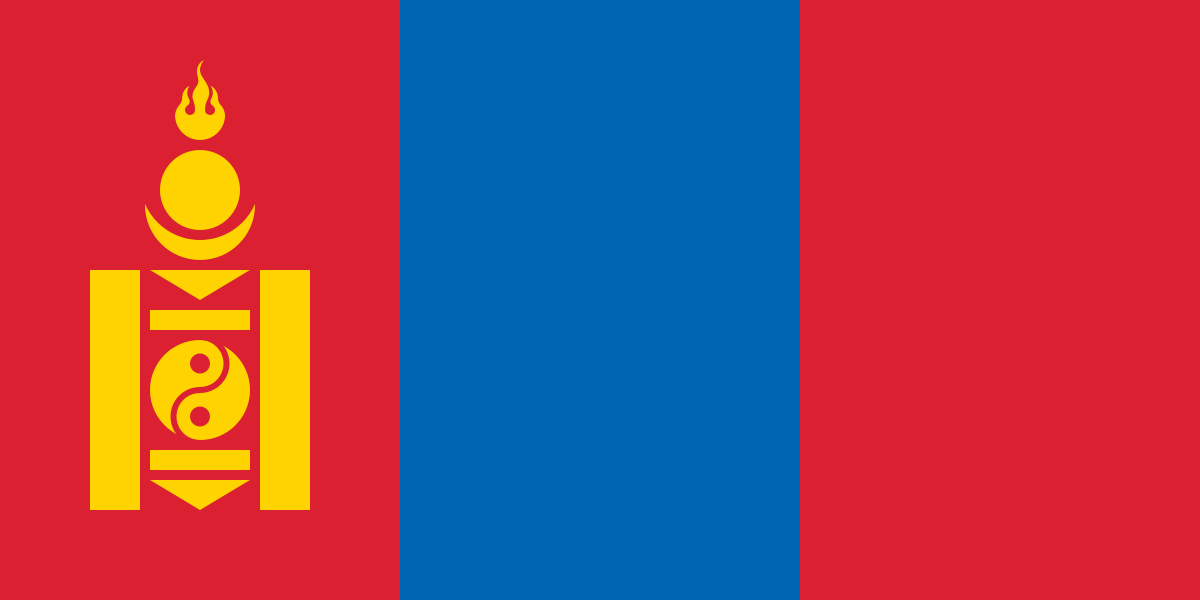ENVIRONMENTAL AWARENESS SURVEYS
Both, the GIZ SPACES project and the MGM initiative are well grounded on a formative, research-based framework.
When the project together with MET-DPAM developed a National Environmental Education and Communication Strategy (EECS) for the protected area system in Mongolia in mid 2020, a capacity needs assessment (CNA) was carried out among stakeholders in early 2020. In early 2022, this CNA was updated among five stakeholder groups – 1-Donors & Government, 2-NGOs & Media, 3-Universities & Research, 4-Protected Area Staff in GTPA and KKSPA, 5-Protected Area Staff in the Western PA Cluster near Khovd The basic questions asked were: What are the top problems you are facing in protected areas, and which target groups are most relevant for these problems? Which media and communication channels are most appropriate to reach the relevant target groups? Consequently, the EECS was updated as well in 2022.
The
CNA 2022 conclusions can be summarized as follows:
- Stakeholders reported the lack of policy support as Problem No 1, related to law enforcement, finance, human resources, etc.
- The lack of public awareness on PAs was the No 2 most mentioned problem.
-‘Overgrazing’ and ‘excessive tourism’ were the No 3 + 4 problems in 2020 as well as 2022.
- Stakeholders identified political decision makers at all levels of government as target groups for environmental education and communication. ‘Youth’ ran second, ‘local residents’, especially herders, third, and ‘tour operators’ and ‘PA visitors/tourists’ fourth.
- No single medium, message or communication objective was considered effective for all purposes or target groups. Therefore, different media, messages or communication objectives should complement and reinforce each other.
- The lack of public awareness on PAs was the No 2 most mentioned problem.
-‘Overgrazing’ and ‘excessive tourism’ were the No 3 + 4 problems in 2020 as well as 2022.
- Stakeholders identified political decision makers at all levels of government as target groups for environmental education and communication. ‘Youth’ ran second, ‘local residents’, especially herders, third, and ‘tour operators’ and ‘PA visitors/tourists’ fourth.
- No single medium, message or communication objective was considered effective for all purposes or target groups. Therefore, different media, messages or communication objectives should complement and reinforce each other.
The CNA was followed up by a Knowledge-Attitude-Practice survey conducted in May to October 2021
to provide an evidence base for the implementation and evaluation of Output 4.
This research will be used as a baseline to measure future changes. During the
pre-survey, domestic visitors and PA staff of the Gorkhi-Terelj National Park
(GTNP), the Khan Khentii Strictly Protected Area (KKSPA), and the Orkhon Valley
National Park (OVNP) were interviewed. The survey was structured in three
subsections: 1-managing PAs, 2-PAs’ features, and 3-the CoC, and covered
1,342 domestic visitors and 147 PA staff.
In terms of managing PAs, the highest score a
visitor could get was ten. The average score of respondents in this subsection
was 3.96, meaning their level of knowledge was lower than 40%. The average
score was higher for male visitors than for females while PA staff reached
5.65. Both groups have insufficient knowledge as their average score was less
than half of the total potential. Regarding PAs’ features, the level of
knowledge of visitors was 5.03 as they were more familiar with animals and
plants, compared to landmarks or cultural sights, rivers, or lakes. For PA
staff, the average score was 8.43. For both groups, the level of knowledge
increased with age. In respect to the CoC, the average score of visitors was
2.78 out of 10, i.e. lower than 30% of the potential. Older visitors tended to
have a lower level of knowledge than younger ones. For PA staff, the average
score was 5.12.The overall level of knowledge of visitors only reached around 30% of the potential maximum level. In terms of PAs’ staff, the average score was 19.2 out of 30. The main conclusion is that the level of knowledge of domestic visitors and PA staff was insufficient. This calls for targeted programs and campaigns. With regards to sources of information, a majority of visitors said that they did not have any information about PAs and the CoCs before visiting. The main source of information of PAs - among visitors - was verbal (informal) information (23.4%), followed by the Internet (14.0%) and social media (11.0%). For the CoC, the most frequent source of information was social media (10.4%), followed by verbal contacts (8.5%) and the Internet (7.4%). Hence, the channels to be used to provide information need to be target group-specific.
A similar survey commissioned by the Global
Green Growth Institute (GGGI) and MET focused on “Climate Change Awareness and Media Consumption” in 2022. Around 2,800 households were interviewed and nine focus groups discussions (FGDs) were held. The vast
majority of respondents (92.7%) were concerned about climate change and were
interested in receiving more information about climate change from the media
(85.1%). But there was a strong tendency among Mongolians to believe that
climate change is happening away from their households, communities, and aimags,
and that it does not occur in the near future.
In another UNDP research project in
2019, “Levering Behavioural Nudges to Improve Waste Collection at the Gorkhi Terelj National Park”, KAP-based interventions were
implemented according to the Target-Explore-SolutionTrial (TEST) framework. A
combination of three interventions were implemented during the trial stage: distributing
bags and installing waste containers at the park entrance with messages
informed by behavioral insights.
The interventions lasted for five weeks during the peak summer season in 2019. The provision of bags and waste containers was generally popular, and visitors reported that they felt there was less litter as compared to previous years. This suggests that the underlying behavioral mechanism – that is, making the process easier – was having some effect.



